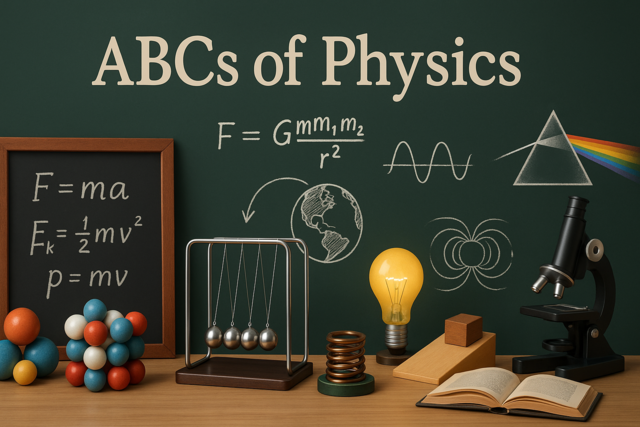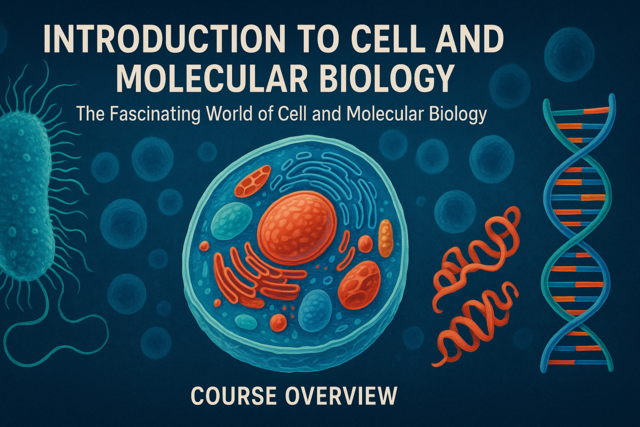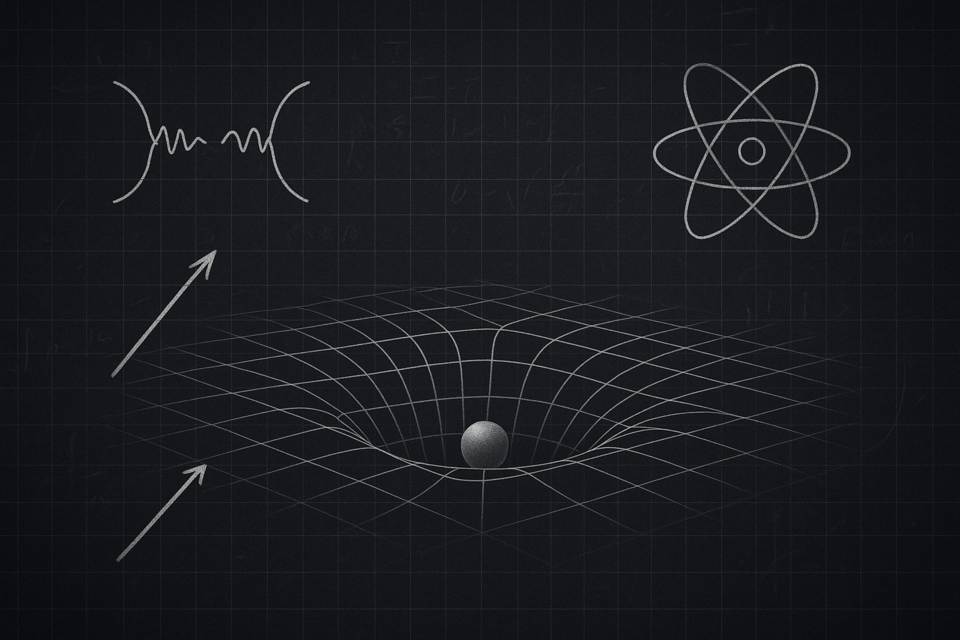Lesson 1. Decoding the Universe: The Synergy Between Physics and Other Sciences
Branching into fields like electromagnetism and quantum mechanics, physics drives the development of modern technologies. By studying motion and energy transfer, we obtain insights that revolutionize transportation and communication systems.
Lesson 2. Classical Mechanics: The Intersection of Theory and Practice
Understanding motion through mechanics enhances our interpretation of everyday phenomena, from the elegance of flight to the efficiency of high-speed trains. By simplifying objects as particles, physicists streamline the analysis of motion, while time remains a crucial factor that interweaves with speed and distance for comprehensive understanding.
Lesson 3. Physics 101: Basic Momentum
Momentum, originating from physics, describes 'mass in motion' and is calculated using the formula \( p = m \times v \). It is a vector quantity essential for understanding movement and interactions, with applications in fields like aerospace and meteorology.
Lesson 4. A Deep Dive into the Mechanics of Movement
Engagement with Newton's principles through experiments or digital models enables learners to visually and practically interpret force and motion. By fostering inquiry and investigation, these experiences enhance comprehension and inspire innovative applications in real-world scenarios.
Lesson 5. The Invisible Dance: Understanding Gravity's Universal Influence
Newton's discovery of escape velocity reveals the intricate ballet of speed and gravitational pull necessary for objects to break free from celestial bonds. From conceptualizing black holes and their captivating mysteries to crafting instruments for space exploration, this notion is integral to humanity's astral ambitions.
Lesson 6. Exploring Motion: Systems of Many Particles
Translational and non-translational movements reveal the multifaceted nature of motion, viewed through the lens of degrees of freedom. These concepts are key to understanding real-world applications in various fields, from robust architecture to efficient robotics.
Lesson 7. Understanding Solids: The Intersection of Atoms and Technology
Crystallography unveils the hidden patterns within crystals, where atomic arrangements dictate physical properties and behavior. Through this lens, quantum theories explain transformations like graphite to diamond, revealing the probabilistic dance of electrons and their impact on substance qualities.
Lesson 8. From Viscosity to Volume: The Secrets of Gases and Liquids
Matter exists in five unique states, ranging from the rigidity of solids to the charged particles in plasmas. Each state presents its own fascinating properties, encouraging a deeper appreciation for the diversity within nature.
Lesson 9. Temperature Scales and Their Global Impact
Specific heat ties into the ability of substances to absorb heat, pivotal in applications from climate stability facilitated by oceans to engineering thermodynamic systems like heat exchangers for effective energy management.
Lesson 10. Equilibrium and Beyond: Thermodynamics in Action
The laws of thermodynamics govern energy manipulation within physical systems, with the first law asserting energy conservation and the second law highlighting inevitable entropy increase. The elusive third law introduces the concept of absolute zero, signifying a realm of minimal entropy and molecular motion.
Lesson 11. The Profound Connectivity of Waves
Waves, as ubiquitous carriers of energy, navigate through various mediums like light streams or ocean swells, influencing both our daily experiences and the intangible reaches of the cosmos. Harnessing their energy-conveying capabilities shows how they operate, from the sound of music to the wireless transfer of data, linking communication, entertainment, and innovation.
Lesson 12. Sound vs. Silence: The Philosophy and Physics of Waves
Sound waves are initiated by vibrating objects, resembling a ripple effect, enabling lectures, music, and environmental noises to traverse different mediums and eventually interact with our ears. Conversely, electromagnetic waves such as light travel through vacuums without assistance from particles, highlighting their contrasting transmission styles.
Lesson 13. The Science Behind Everyday Shocks
Static electricity connects everyday experiences, like shocks from doorknobs, to profound scientific principles, reflecting the balance of atomic charges. These principles extend to large-scale phenomena like lightning and practical applications like static electricity mitigation in industry.
Lesson 14. Electromagnetic Induction: The Invisible Force Powering Our World
Electromagnetic induction emerges not just as a scientific phenomenon but as an artistic tapestry woven throughout history, revealing nature's mysteries. Its applications, from the hum of transformers to the whisper of electric guitars, stitch timeless principles into our everyday experiences and future visions.
Lesson 15. Understanding Electric Current: Beyond the Basics
Alternating current (AC), characterized by its periodically changing direction, supports efficient long-distance electricity transmission, while direct current (DC) flows consistently in one direction, powering digital devices and electrical vehicles. The historical 'War of Currents' shaped modern power grids, showcasing the complementary benefits of both AC and DC in today's energy systems.
Lesson 16. The Vibrant Universe of Electromagnetic Waves
Born from the oscillation of electric charges, electromagnetic waves travel perpendicularly, manifesting as light, X-rays, and radio signals with varying wavelengths. Electric force fields, generated by charged particles, guide their interactions, enhancing our understanding of energy flow and communication systems.
Lesson 17. Electromagnetism Unveiled: Forces of the Universe
The Lorentz Force Law reveals how moving charges interact with magnetic fields, aligning forces in perpendicular harmony. This understanding underpins technologies from transportation to medical imaging, showcasing the pervasive influence of magnetism.
Lesson 18. Quantum Physics: The Basics
In quantum physics, photons embody light quanta, exhibiting constant velocity, masslessness, yet impactful energy and momentum characteristics, central to understanding technologies like lasers and the photoelectric effect. Their particle-like interactions, despite inherent wave properties, form the basis for critical advancements in scientific fields and technological innovations.
Lesson 19. Understanding Light's Wave Properties and Applications
The duality of light, comprising both wave and particle characteristics, transforms our understanding of natural phenomena like refraction and interference. This duality underpins advancements across fields such as quantum mechanics and telecommunications through the insightful integration of wave theory and optics.

24 Hours average completion time
2.4 CEUs
19 Lessons
26 Exams & Assignments
20 Reference Files
179 Articles
Mobile Friendly
Last Updated December 2025

















